Saewha Hostel (세화호스텔)
1.7Km 2025-07-23
50, Samil-daero 32ga-gil, Jongno-gu, Seoul
Pabellón Nakseonjae (낙선재)
1.7Km 2021-09-28
Yulgok-ro 99, Jongno-gu, Seúl.
Este pabellón se encuentra dentro del palacio Changdeokgung. Es una estructura de 1 solo piso construida en el estilo tradicional. Tiene 6 kan (compartimientos) en el frente y 2 kan a los lados. Este pabellón fue levantado en 1846 e incluye los salones Seokbokheon y Sugangjae. Detrás de él, hay un jardín de flores con grandes rocas. Las chimeneas, las flores y el entorno conforman una escena muy pintoresca.
Yoo's Family (유즈패밀리)
1.8Km 2022-09-21
Yulgok-ro 10-gil 19, Jongno-gu, Seúl.
La Aldea Tradicional Bukchon, situada entre el palacio Gyeongbokgung, el palacio Chandeokgung y el Santuario Real Jongmyo, es un lugar histórico con más de 600 años de tradición. Las casas tradicionales coreanas, ubicadas entre dos palacios majestuosos, crean una vista singular y es uno de los sitios más buscados por los fotógrafos profesionales. Yoo's Family es una casa tradicional coreana que ofrece cursos y clases sobre actividades tradicionales coreanas a los extranjeros para que pueda vivir la cultura coreana de manera divertida e interesante. Se pueden hacer reservas por teléfono.
Parque Tapgol (탑골공원)
1.8Km 2021-12-30
Jong-ro 99, Jongno-gu, Seúl
+82-2-731-0534
También conocido como Parque Pagoda, el Parque Tapgol, localizado al lado del templo Weongaksa de la era Joseon, es el primer parque moderno construido en Seúl. El remplo Weongaksa era conocido como templo Heungboksa durante la dinastía Goryeo, pero fue renombrado cuando fue ampliado durante los inicios de la era Joseon. Sin embargo, fue destruido durante el reinado de Yeonsangun y Jungjong debido a la fuerte política de represión hacia el budismo. Más adelante, un parque occidental fue contruido a propuesta del inglés John Mcleavy Brown, pero no hay información precisa sobre la razón y la fecha. El parque contiene varios tesoros nacionales, incluidas la placa que conmemora el movimiento independentista Wongaksaji y la estatua de Byeong-hee. El parque es de gran valor histórico y un espíritu nacional al ser el punto de inicio de la Protesta de Independencia del 1° de mayo de 1919.
Teatro Nacional de Corea (국립극장)
1.8Km 2021-07-08
Jangchungdan-ro 59, Jung-gu, Seúl
+82-2-2280-4114
Fue construido en 1950, el primero de su tipo en toda Asia, para albergar espectáculos diversas compañías artísticas.
Sala Haeoreum
Es el escenario principal del teatro, en el cual se puede representar cualquier tipo de espectáculo artístico. Posee una dimensión amplia, con capacidad de recibir a 1.563 espectadores. En especial, el sistema de instalación audiovisual y de iluminación, es de la mejor calidad y tecnología. Además, de todos los cines teatrales del país, el espacio entre los asientos es el más amplio, por lo cual, los espectadores podrán disponer de un espacio más cómodo y tranquilo.
Sala Daloreum
El salón consta con la mejor instalación del escenario proscenio, con capacidad de 472 asientos. Es uno de los escenarios frecuentados por las obras de Pansori, funciones con narración, teatros de ópera, etc.
Sala Byeoloreum
Es una sala de espectáculos para 100 personas, el escenario es diseñado de acuerdo a los diferentes tipos de actuaciones. Simboliza la juventud del teatro, ya que se presentan obras de carácter independiente y liberal.
Teatro Juvenil Haneul KB
Siendo un escenario al aire libre, de forma circular, con capacidad para 600 personas, y posee todas las instalaciones tecnológicas de última generación. Es un espacio cultural para espectáculos de toda clase, actuaciones tradicionales, conciertos musicales, festivales estacionales, etc.
Sala de Exposiciones sobre Derechos Humanos en Corea del Norte (북한인권전시실)
1.8Km 2025-11-14
Samil-daero 393, Jongno-gu, Seúl
Aank Hotel & Spa Jongno Unni Branch (아늑호텔 앤 스파 종로운니점)
1.9Km 2025-04-25
89, Donhwamun-ro 11ga-gil, Jongno-gu, Seoul
Catedral Católica de Myeong-dong en Seúl (서울 명동성당)
1.9Km 2023-02-22
Myeongdong-gil 74, Jung-gu, Seúl.
La Catedral Católica de Myeong-dong es el corazón de las iglesias católicas de Corea y el símbolo tradicional de la zona de Myeong-dong. Las razones por la que muchísima gente visita este lugar, sin importar la fe que profese, es por la magnífica edificación arquitectónica y su interior, y, por supuesto, por la ubicación central, ya que se encuentra en la zona comercial más famosa de la ciudad de Seúl.
El diseño interior al estilo gótico es muy atractivo. La construcción comenzó en el año 1892 y se completó en mayo de 1898. La empinada torre, cuya altura es de 45 metros, sobresale por encima de los demás edificios de sus inmediaciones. Todos los edificios pertenecientes a la basílica fueron hechos de ladrillo, pero varían en la forma y color. Si pasa frente a la figura de Cristo que se yergue en el frente de la catedral e ingresa a ella, verá las magníficas columnas internas, las ventanas en vitró y el lujoso altar. Si gira sobre sus pies y mira hacia atrás, observará el lugar del coro y el órgano de tubos en el piso 2. Seguramente, sentirá a flor de piel el ambiente serio del catolicismo.
En el subsuelo hay una pequeña capilla y los mausoleos de los mártires. En la Víspera de Navidad, se realiza una misa solemne de medianoche en esta Catedral de Myeong-dong.
Museo Alive (en Insa-dong) (박물관은 살아있다(인사동점))
1.9Km 2025-08-13
Insadong-gil 12, Jongno-gu, Seúl
Con una extensión de más de 1.280 ㎡, el Museo Alive, inaugurado el 6 de marzo de 2014, está situado en Insa-dong, un vecindario conocido por su mezcla de ambientes, tanto históricos como modernos. Las exposiciones incluyen obras de efectos ópticos, objetos artísticos y contenido multimedia, entre otros. Más de 100 piezas está expuestas en las salas.
Dynamic Maze (en Insa-dong) (다이나믹 메이즈 (서울 인사동점))
1.9Km 2021-03-10
Insadong-gil 12, Jongno-gu, Seúl
Dynamic Maze es una atracción muy divertida recomendada para aquellos que gustan mirar programas de variedades coreanos. Este lugar en particular apareció en el popular programa ‘Running Man’.
Para disfrutar a pleno de su tiempo en el laberinto, asegúrese de guardar todos sus artículos personales (móvil, cámaras, etc.) en un casillero antes de entrar. Diseñado con el concepto de "escapar del laberinto en la ciudad", Dynamic Maze ofrece 16 misiones únicas para cumplir. Las reglas del juego son bastante simples: una vez que entre por las fauces del haechi (animal mitológico coreano), se le irán presentando las misiones de una en una. Deberá encontrar el camino correcto a través de un laberinto de espejos, trepar muros usando una cuerda, gritar por encima de los 100 decibeles y más. El tiempo necesario para cumplir las misiones varía según el grupo, pero el promedio ronda entre 35 y 50 minutos.
Consejo) Dynamic Maze se visita en equipos de al menos dos personas, y el horario de inicio se establece en base al orden de llegada de los participantes. Una vez ingresado un equipo, el siguiente recién podrá hacerlo 10 minutos después, por lo que si la lista de espera se completa para esa tarde, no podrá realizar la experiencia. Ya que las actividades de las misiones exigen mucho movimiento, tanto varones como mujeres deben vestir pantalones.
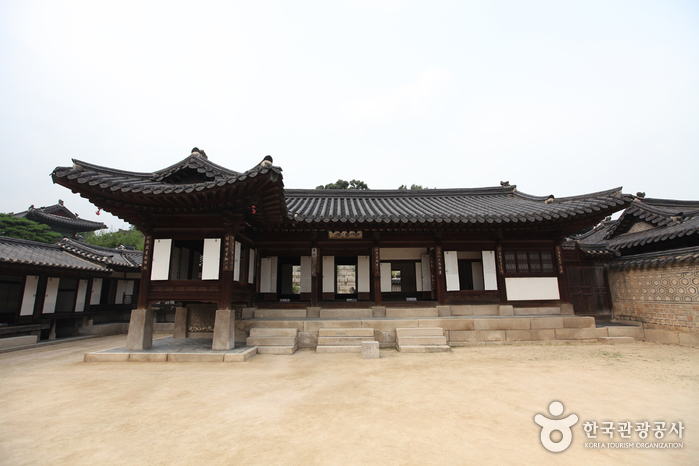
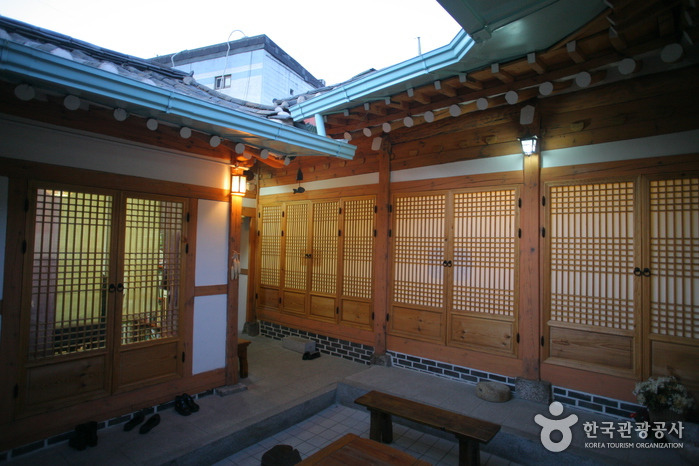
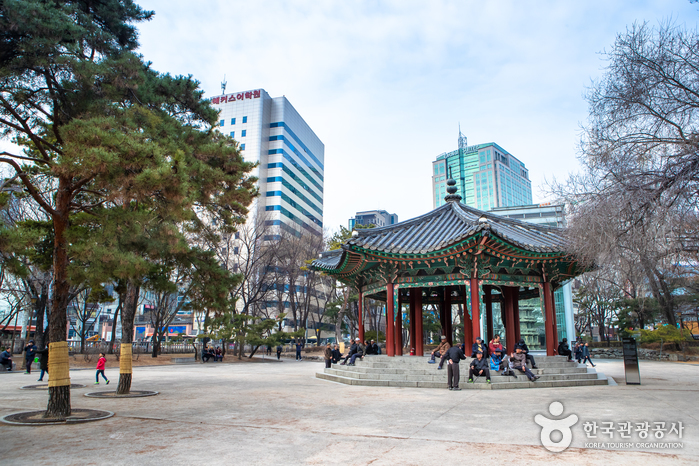

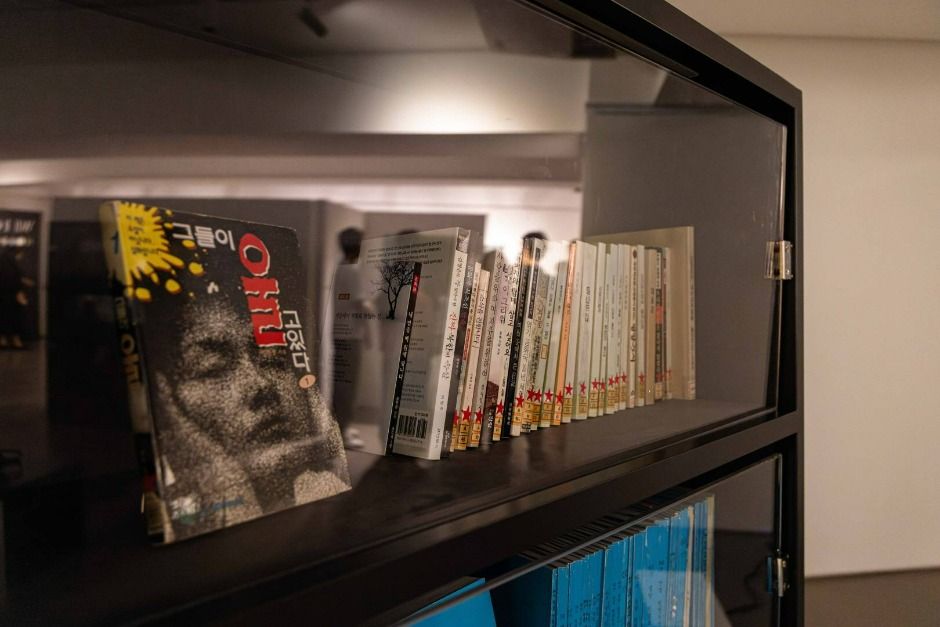
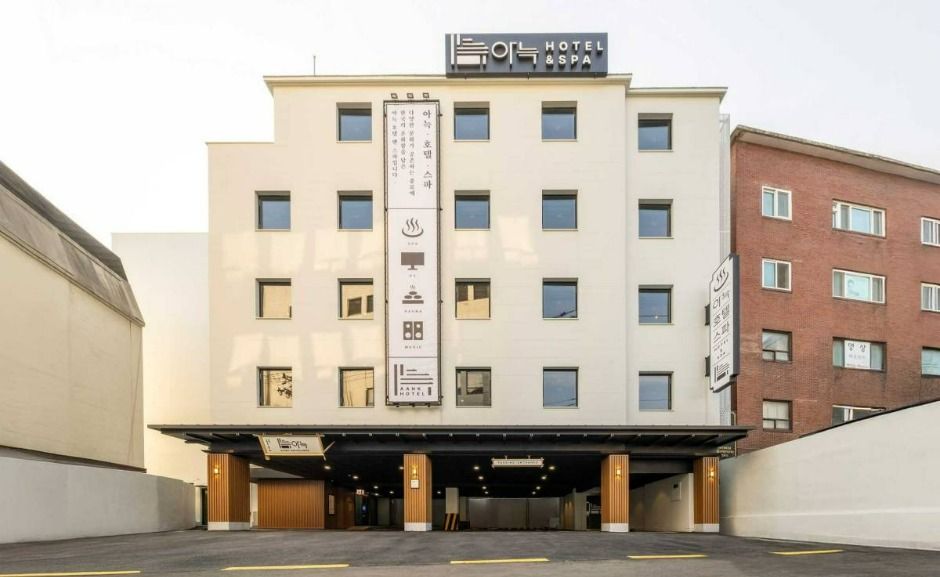
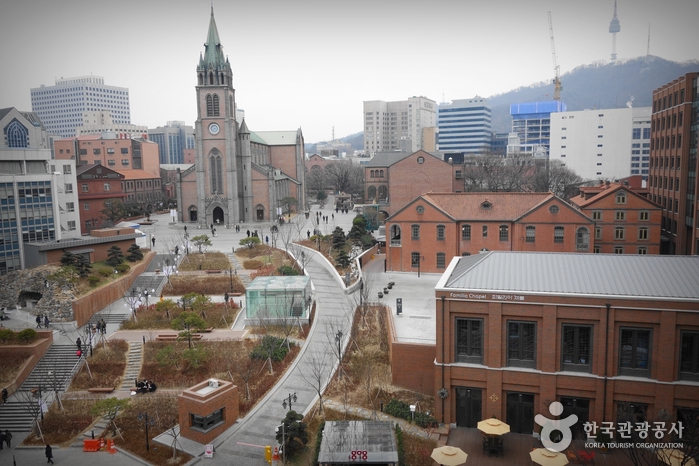
 Español
Español
 한국어
한국어 English
English 日本語
日本語 中文(简体)
中文(简体) Deutsch
Deutsch Français
Français Русский
Русский